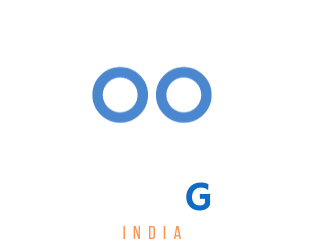Subscribe to Teknoblog content on Google News:
The social media world is preparing to enter a new phase with the launch of Threads’ API. This launch, which is expected to take place towards the end of June, brings exciting developments, especially for digital content producers and marketers. Threads is running tests on this new API with a limited group of partners. These partners include social media management tools such as Hootsuite, Sprinklr, Sprout Social, Social News Desk and Techmeme.
The API, which will allow developers to develop third-party applications via Threads and sites to publish directly to the platform, will also offer users the opportunity to verify, publish and retrieve their own published content through these tools. Threads developer Jesse Chan stated that in addition to users being able to authenticate, publish threads (message chains) and receive the content they publish through these tools, more features are on the way.
In a statement he made last October, Instagram president Adam Mosseri stated that they were working on an API as a team, but that they had concerns that an API could lead to more publisher content being included instead of user-generated posts on Threads. For years, users have turned to third-party apps like Hootsuite and Tweetbot to post and interact on social media sites like Twitter or Reddit. But in the last few years, many of these sites have turned against third-party apps by removing APIs or making them much more expensive, causing some apps to shut down.
The future of Threads and third-party apps
Platforms such as Bluesky and Mastodon, which are among Threads’ competitors, have welcomed third-party applications from the beginning. For example, when X’s API changes forced Tweetbot to shut down, the creators of that app developed Ivory, a Tweetbot-like app for Mastodon. Threads’ API launch seems to bring a new breath to the integration of third-party applications into the social media ecosystem. This step promises to open a new page in digital marketing strategies by offering greater flexibility and access for both content creators and users.
